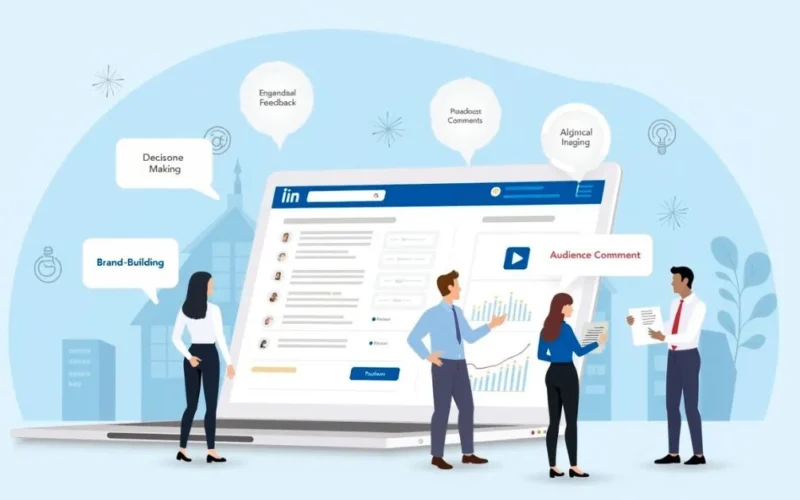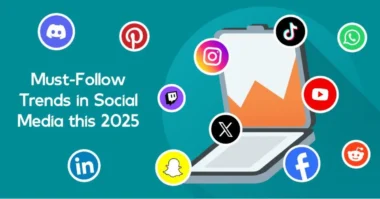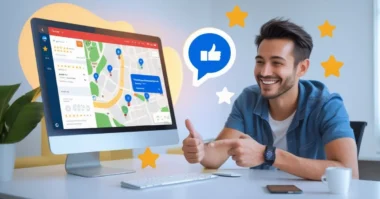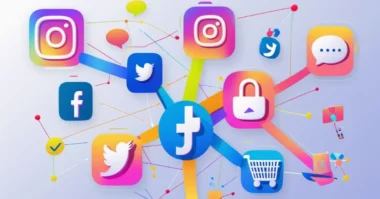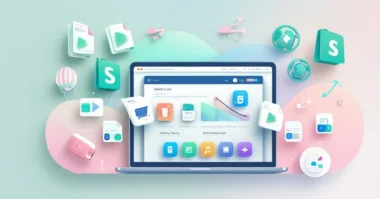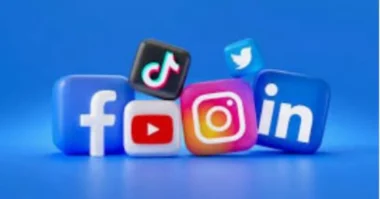Table of Contents
- What Are LinkedIn Polls?
- Why Use LinkedIn Polls?
- 1. Boost Engagement with Your Network
- 2. Learn What Your Audience Thinks
- 3. Make Smarter Business Decisions
- 4. Strengthen Your Brand
- 5. Start Meaningful Conversations
- 6. Reach a Larger Audience Organically
- 7. Test Ideas and Content Before Going Live
- 8. Improve Company Communication
- 9. Stay Current and Relevant
- 10. Save Time While Getting Results
- Best Practices for LinkedIn Polls
- Real-Life Use Cases
- Who Should Use LinkedIn Polls?
- Final Thoughts
LinkedIn is not just a place to look for jobs or make resumes. It’s a platform where professionals share ideas, learn from each other, and build strong work-related networks. One of the best tools LinkedIn offers for interaction is the LinkedIn Poll. This simple feature allows you to ask a question, give 2 to 4 choices, and let your network vote. But it’s not just about voting, it’s a smart way to understand opinions, improve engagement, and increase your presence on the platform.
What Are LinkedIn Polls?
LinkedIn Polls are small surveys you can post on your profile, in groups, or on business pages. You ask a question and offer people a few answer options. These polls stay active for a set period (from 1 day to 2 weeks), and people can vote and see results either immediately or when the poll ends.
For example, you can ask:
“What’s the biggest challenge at work?”
- Time Management
- Communication
- Technology
- Teamwork
Once people vote, they can see what others think, too. It’s quick, simple, and opens up real discussions.
Why Use LinkedIn Polls?
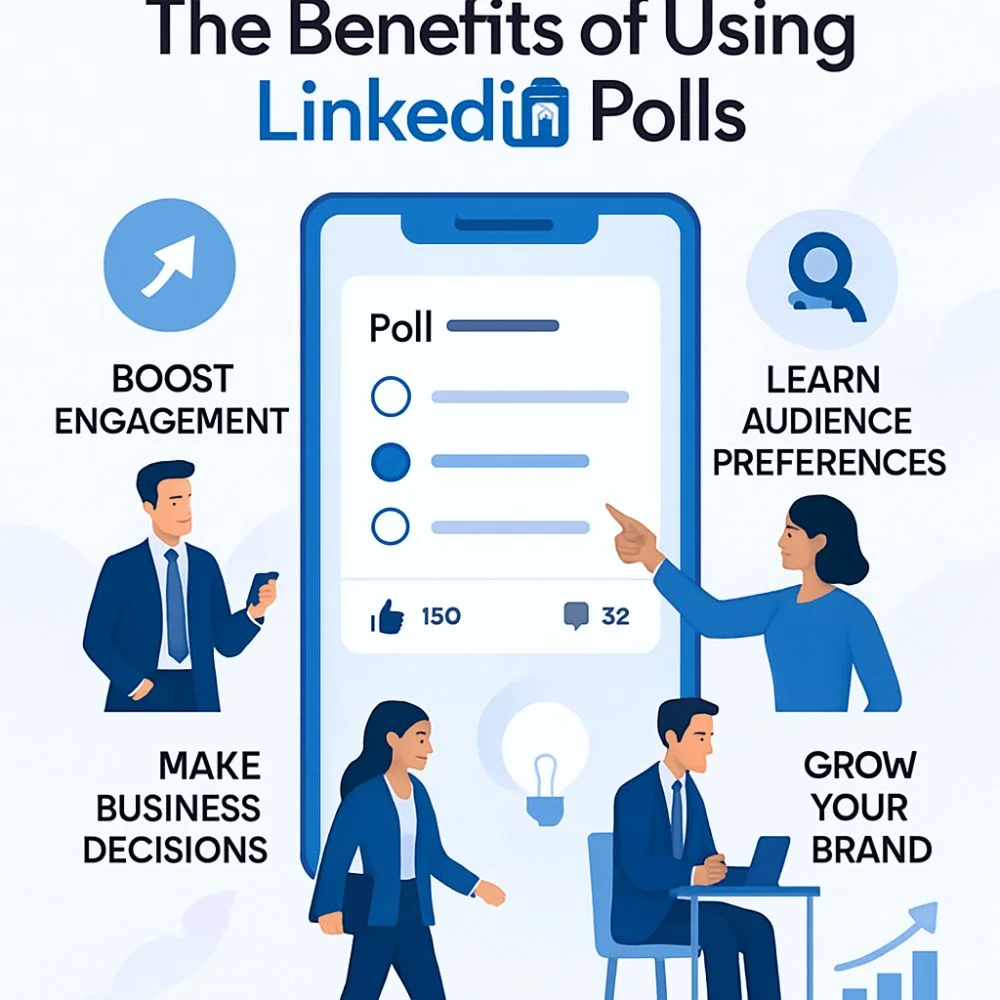 You might wonder why you should use LinkedIn Polls when you could just post a question in text form. The answer is simple: polls increase interaction, catch attention quickly, and give you measurable results. Here are some of the main reasons to use them:
You might wonder why you should use LinkedIn Polls when you could just post a question in text form. The answer is simple: polls increase interaction, catch attention quickly, and give you measurable results. Here are some of the main reasons to use them:
- Easy to create and share
- Catchy and interactive
- Help understand your audience
- Encourage more engagement
- Improve your reach on LinkedIn
- Support business decisions with real data
1. Boost Engagement with Your Network
People love to share their opinions, especially when it only takes one click. A LinkedIn Poll makes it simple for someone to participate without writing a long comment or message. This low-effort action often leads to high engagement. When people vote in your poll, it often shows up in their connections’ feeds, which brings more eyes to your content.
Why it matters:
- Increased likes, comments, and shares
- More profile visits and followers
- Higher visibility for your page or brand
Tip: Ask simple, interesting questions that people can relate to, like “Do you prefer remote work or office life?”
2. Learn What Your Audience Thinks
Polls are great for listening. You can use them to understand what your followers care about, what challenges they face, or what topics interest them. This is useful for everyone, from job seekers and freelancers to business owners and marketers.
Examples of what you can learn:
- Customer preferences (e.g., product features or service options)
- Industry opinions (e.g., trends, tools, or software)
- Community feedback (e.g., future webinar topics)
With this insight, you can create better content, build products your customers actually want, and even adjust your messaging.
3. Make Smarter Business Decisions
If you’re planning a product launch, offering a new service, or choosing between business strategies, LinkedIn Polls can help you decide. Think of it as a quick, informal survey with real-time results from real people. While it’s not the same as deep market research, it gives you instant direction.
Business uses of LinkedIn Polls:
- Test ideas before you launch
- Get early feedback on features
- Choose between event dates
- Pick content or campaign themes
Tip: Always follow up with a post explaining what you learned and how you’ll use the feedback. It shows that you listen and value your audience’s voice.
4. Strengthen Your Brand
Sharing polls that ask thoughtful, timely questions can help establish you as a smart and active voice in your field. The more relevant your polls are to your industry or niche, the more likely people will see you as someone worth following.
Ways polls support your brand:
- Show you are engaged and curious
- Highlight your knowledge of your field
- Help you stand out in a busy feed
5. Start Meaningful Conversations
One of the best things about LinkedIn Polls is that they open the door to real conversations. People don’t just vote; they often leave comments explaining why they picked an option. This gives you a chance to reply, share ideas, or even connect one-on-one.
Polls help spark:
- Friendly debates
- Shared experiences
- Storytelling moments
- Deeper engagement with your audience
6. Reach a Larger Audience Organically
LinkedIn’s algorithm loves content that gets quick engagement. Since polls are interactive, they often perform well. When someone votes or comments on your poll, it shows up in their network’s feed, giving your post free exposure. This helps you reach people outside your current circle.
Polls can lead to:
- More profile views
- Increased connection requests
- Higher content visibility
Tip: Keep your polls short, clear, and appealing. Avoid yes/no questions and instead offer 3–4 thoughtful options.
7. Test Ideas and Content Before Going Live
Not sure what kind of blog post to write? Can’t decide which webinar topic your audience wants? Use a poll. It gives you early feedback before you invest time and effort into content that may not perform.
You can test:
- Email newsletter subject lines
- Content themes for blogs or videos
- Product taglines or campaign slogans
8. Improve Company Communication
For company pages, LinkedIn Polls are a great way to interact with your employees, clients, or business community. It shows that your brand cares about opinions and values input.
Company poll examples:
- “Which training topic should we offer next?”
- “What’s your biggest challenge in remote work?”
- “Which feature matters most in [product/service]?”
When you involve your audience in decisions, you create trust and long-term loyalty.
9. Stay Current and Relevant
By using LinkedIn Polls to talk about trending topics, you can keep your profile fresh and relevant. Whether it’s remote work, AI tools, or leadership challenges, sharing a timely question helps you join the larger conversation.
Examples:
- “Will AI replace human creativity in marketing?”
- “How do you feel about the 4-day workweek?”
- “Is networking still valuable in a digital world?”
By tapping into what people are already discussing, you stay on their radar and show thought leadership.
10. Save Time While Getting Results
Creating a LinkedIn Poll takes just a few minutes. Compared to writing a long article or filming a video, it’s quick and still brings real engagement. This makes polls ideal for busy professionals and teams with limited resources.
Why they’re time-saving:
- No design or editing needed
- Works well on mobile or desktop
- Easy to share in groups, messages, and pages
With just a little effort, you can collect helpful feedback and boost your online presence.
Best Practices for LinkedIn Polls
To get the most out of LinkedIn Polls, keep these tips in mind:
- Keep it clear: Use simple language so everyone understands the question.
- Make it relevant: Tie the poll to your audience’s interests or challenges.
- Use 3–4 options: More than two choices give people a better chance to connect.
- Encourage comments: Ask people to share their “why” in the comments.
- Follow up: Share what you learned or how you’ll use the results.
- Stay professional: Avoid controversial or off-topic questions.
Real-Life Use Cases
1. Small Business Owner
Sarah runs a digital marketing agency. She uses polls to ask her LinkedIn audience what kind of marketing tips they prefer. Based on the results, she creates helpful posts that match her audience’s interests. This builds trust and brings in new clients.
2. Job Seeker
Ahmed is looking for a job in tech. He posts polls asking what skills are most in demand, what interview challenges people face, and more. This shows he’s engaged and helps his profile stay active. Recruiters notice his polls and invite him for interviews.
3. Event Organizer
A company is planning a webinar. Instead of guessing the topic, they post a LinkedIn poll asking what people want to learn. The winning topic becomes the event’s focus. This leads to higher attendance and better audience response
Who Should Use LinkedIn Polls?
Everyone on LinkedIn can benefit, but especially:
- Job seekers who want to show activity on their profile
- Recruiters who want to understand candidate needs
- Marketers looking for customer feedback
- CEOs and founders who want visibility
- Content creators who need post ideas
- Teachers or trainers gathering input for learning the top
Final Thoughts
LinkedIn Polls may seem simple, but they offer big benefits for people and businesses who want to grow their presence, understand their audience, and start real conversations online. Whether you’re testing an idea, building your brand, or just looking for quick feedback, polls are a low-effort, high-impact tool that fits into any content strategy.
